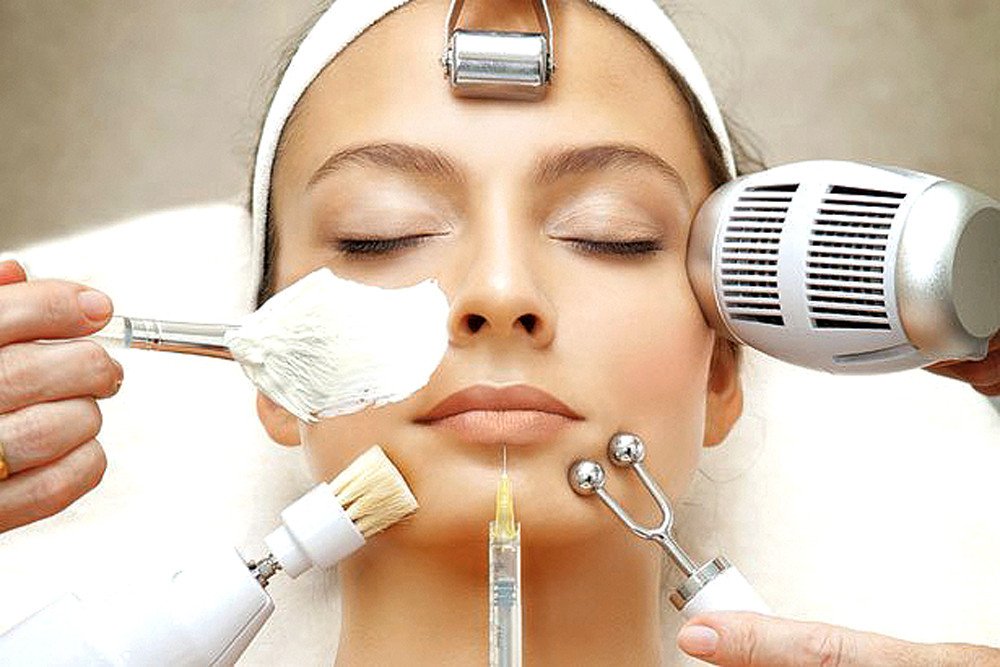
Laser for Birth Marks
Birthmarks are abnormalities (such as colored marks) of your skin that are present since your birth or soon after your birth. Birthmarks can fade with time or become more pronounced but they are usually harmless. They can be of various colors, sizes and can occur anywhere on your body.
There is no definite cause as to what causes birthmarks. Your family history could play a role in the development of birthmarks. Your genes decide the amount and the location of pigmentation in your skin. Any genetic changes or predisposition can alter the pigmentation process and result in a birthmark.
There are four types of birthmark classifications:
- Hemangiomas: These birthmarks develop in infants within a few weeks after birth. They are the most common type of tumors that are found in infants and usually occur around the head and neck. It may disappear within a few months but most of the times take years to fade or disappear.
- Salmon Patches: Also known as macular stains, salmon patches are thin, light colored patches of discoloration which mostly appear on babies. They are most common on the upper eyelids or the back of the neck. Patches on upper eyelids mostly disappear after the first year while patches on the back do not.
- Pigmentation Type Birthmarks: These include moles, coffee-cream and Mongolian spots. Coffee cream spots occur due to much pigment in the skin, but are not severe and hence do not require treatment or removal. Mongolian spots are generally blue to grey flat patches and fade on their own in the first few years of children lives. Moles usually pose no health risk; but may have cancerous effects later on in life.
- Vascular Malformations: They are caused by abnormal development of blood vessels and are present from birth. These can be found anywhere on the body and do not disappear on their own.
As with any treatment, there are risks associated with it, though they are minimized in the hands of a qualified ASDS docotor. These include:
- Pain
- Swelling
- Discoloration
- Bleeding
- Infection
- Scarring
- Crusting
- Birthmarks are highly treatable with laser/light therapy.
- Lightening of 70 to 90 percent is a realistic goal.
- Treatments can be repeated every one to three months, depending on birthmark type, until the patient's goal is achieved.
- Pain and recovery time is minimal.
- Procedure is non-invasive.
Before the procedure, an ASDS doctor will usually review the patient's medical history and conduct a physical exam. This is the time for the doctor and patient to discuss expectations, potential risks and outcomes of the procedure. Patients also should avoid:
- Sunbathing, tanning beds, waxing and any chemical peels or collagen injections for two weeks prior to the procedure.
- Perfumes, deodorants or any potential irritants in the treatment area before treatment.
- Taking aspirin, anti-inflammatory drugs and herbal supplements for a doctor-specified time before treatment due to increased risk of bleeding.
- Avoid applying makeup, lotion, perfume, deodorant or any potential irritants to the treated area for either 24 hours or until all signs of redness and stinging have dissipated.
- Apply a good moisturizing lotion to the treated area twice daily for the duration of the treatments and for at least three months after the final treatment.
- Patients may not see any significant changes until several weeks after the surgery.
- Treated area may be pink or red for four to eight hours after treatment.
- Patients may feel a slight stinging sensation similar to a mild sunburn in the treated area. This sensation usually subsides within four to six hours. Cool packs or moist cloths may be applied to reduce the sensation.
- Mild swelling in the treatment area usually dissipates within several days.
Book Your Free Consultation Now
Other Treatment
-
Chemical Peels
Chemical peels can improve the skin’s appearance. In this treatment, a chemical solution is applied to the skin, which makes it “blister” and eventually peel off.
-
Open Pore Treatments
The term ‘open pores’ refers to enlarged skin pores that have become more noticeable over time. The pores on the skin allow it to ‘breathe’ by releasing the sebum or natural oil onto the surface.
-
Under Eye Treatment
Dark circles under the lower eyelids are common. Often accompanied by bags, having dark circles under your eyes may invite unwanted comments about how tired you look.
Gallery









